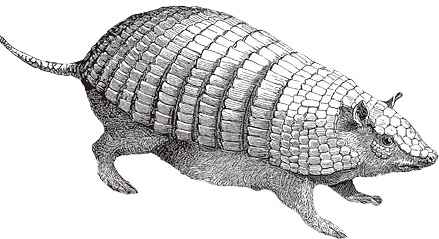
About the book
Decisions made by engineers can unleash technology upon the world that can significantly affect fundamental rights. In some cases, this can yield positive outcomes such as the creation of new platforms to exchange ideas that catalyze change in the world’s most oppressive regimes. In other cases, new technologies can become tools of repression and control, enabling governments and corporate interests to track and manipulate individuals with surprising subtlety and at remarkable scale. With such high stakes, it must be in the interest of more than just lawyers and bureaucrats to recognize, promote, or guard against these potential outcomes as needed.
This book is, in part, an effort to empower the engineer. Successful technology is not just technology that works; it is technology that works while simultaneously offering capabilities that protect privacy and civil liberties. Readers of this book will not have to watch helplessly as their technology is misused, nor will they have to wait for others to try to curb that misuse. Instead, they will have the tools to recognize potential risks and design against them, sparing much headache and heartache.
This book is distinctive in the realm of privacy literature as it is written by technical authors who approach privacy and civil liberties from what is currently a highly atypical perspective: how to engineer technologies that will deliver trustworthy safeguards capable of supporting liberal-democratic principles. By contrast, most privacy books are written by professional scholars who take law and policy as their starting point and treat technological concerns as ancillary at best and menacing at worst, which is hardly a perspective that will encourage the engineers of the world.
But this book is not just for engineers. For the non-engineers who read this book — the academics, lawyers, and policymakers — we offer a new perspective. The policy choice is not simply to build or not to build, to ban or not to ban. Instead, these readers will find that engineers can offer an arsenal of technical tools that can form the building blocks of nuanced policies that maximize both privacy protection and utility. This book provides a menu of what to demand in a new technology.
The Armadillo
The animal on the cover of The Architecture of Privacy is a six-banded armadillo (Euphractus sexcinctus), also known as the yellow armadillo. Native to South America, this species inhabits the savannahs and grasslands of Argentina, Bolivia, Brazil, Paraguay, Suriname, and Uruguay. The word armadillo means “little armored one” in Spanish, a reference to the bony plates that protect the animal’s head and body.
E. sexcinctus is typically yellow or reddish-brown in color, with a pointed head, short legs, and six to eight moveable bands between its armor plates. It is the second-largest armadillo species, measuring up 30 inches long and weighing about 15 pounds. A close relative of both the sloth and the anteater, it has sharp claws that make it adept at digging burrows.
The yellow armadillo is omnivorous, subsisting mostly on plant matter as well as insects. Due to its poor eyesight, it relies on its keen sense of smell to locate food. It is also diurnal, in contrast to most other armadillo species.
Many of the animals on O’Reilly covers are endangered; all of them are important to the world. To learn more about how you can help, go to animals.oreilly.com.
The cover image is from Wood’s Animate Creation.
